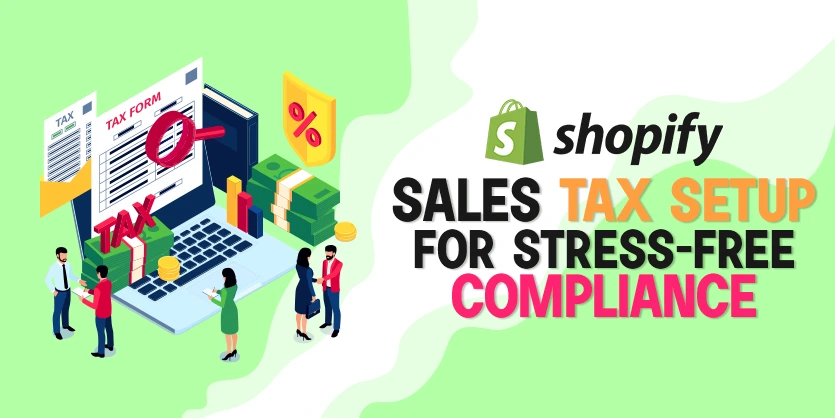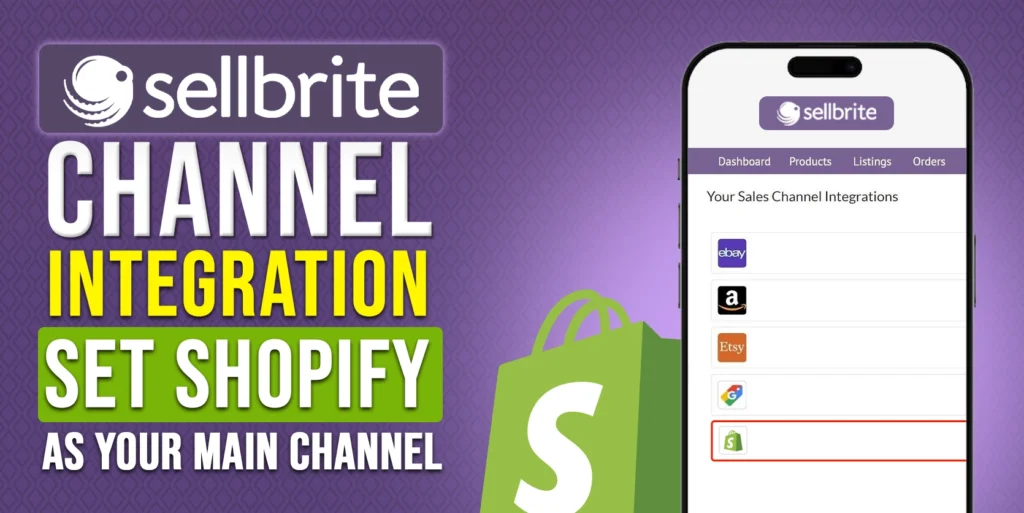As an e-commerce business owner running a Shopify store, you must be aware of the vital connection between taxes and your online business. Taxes play a crucial role in the e-commerce landscape, affecting how you price your products and manage your finances. In this blog post, we will dive into the world of Shopify sales tax and guide you through the process of setting up taxation, ensuring that you comply with legal requirements while simplifying the process for your business
Understanding Sales Tax and Shopify
A sales tax is a consumption tax levied by the government on the sale of goods and services. Unlike some other e-commerce platforms, Shopify doesn’t automatically handle sales tax for you. Instead, it places the responsibility on you as the seller to collect and remit the applicable sales tax for every transaction made through your Shopify store.
Guide to Setting Up Sales Tax in Shopify Store
To set up your Shopify store taxation process first log in to your store account and complete the bellowed process. Let’s start with the tax collection location.
Specify Tax Collection Locations
To start setting up sales tax on Shopify, go to your store’s settings and navigate to the taxes and duties section. Here, you will find a list of available countries or regions. Enter the locations where you want Shopify to collect sales tax on your behalf. Additionally, you may need to provide your sales tax license information and specify the state you are operating. Some regions may have different sourcing options, so choose the appropriate one.
Handling Taxes Outside the United States
If you have international customers, you’ll need to follow additional steps. Go to the settings and then the taxes and duties tab. Scroll down to find the ‘Decide how tax is charged’ box. Some states charge taxes on shipping, while others do not. Adjust this setting accordingly. For states that do not tax shipping, you should add a tax override for shipping specifically in those states.
Set Taxable Products
Not all products are subject to sales tax. You need to ensure that all your taxable products are set up to collect sales tax. To do this, go to your products section and edit each product variant if you have any. In the product or variant settings, find the option that says ‘charge tax on this product or variant’ and select it for the taxable items. For products that are exempt from sales tax, such as gift cards, leave this option unchecked.
Configure Shipping Options
Shipping can be a factor in determining sales tax for certain states. To manage this, go to the settings and then the locations section. Add all the locations where your orders are fulfilled, such as warehouses or fulfillment centers. This is crucial because some states follow origin-sourcing rules, while others follow destination-sourcing rules, impacting the applicable tax rates.
Handling Exempt Customers
If you sell to exempt entities like wholesalers or customers who intend to resell your products, you may need to exempt them from sales tax. To do this, go to your customers’ section, find the specific customer’s information, and edit it. Check the box indicating that the customer is exempt from sales tax, and you may also need to provide a reason for the exemption.
Conclusion
Properly setting up sales tax for your Shopify store is essential for complying with tax regulations and avoiding potential legal issues. By following the five steps outlined in this guide, you can confidently navigate the complexities of sales tax and ensure that your e-commerce business operates smoothly and in compliance with tax laws. Taking the time to configure tax settings correctly will not only protect your business but also provide a seamless shopping experience for your customers. Happy selling!
If you think this post has been helpful for you, please share this post with your friends and the e-commerce community. You can also check out our website www.ecomclips.com and get more updates! Keep browsing our blog to get more articles related to e-commerce. You can also mail us at info@ecomclips.com if you need any more help with Shopify.



